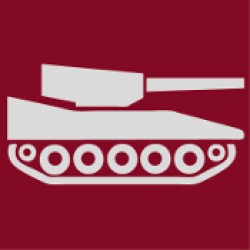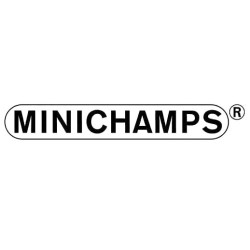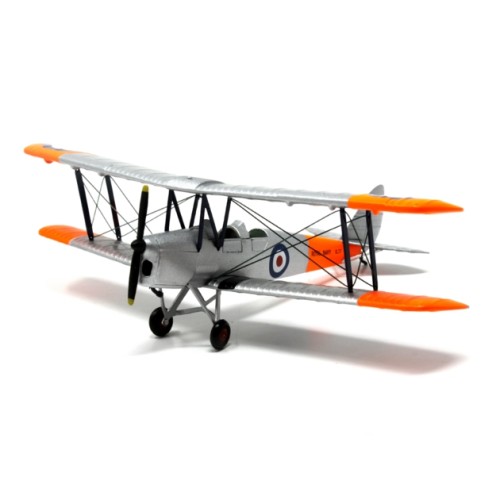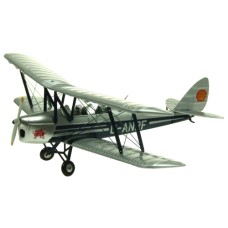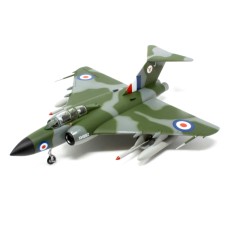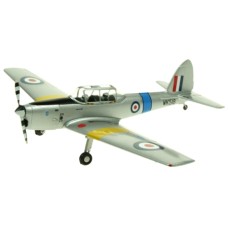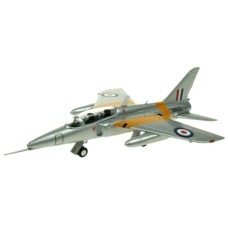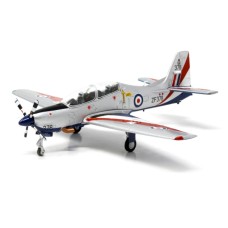The de Havilland DH.82 Tiger Moth is a single-engined biplane and was designed by Geoffrey de Havilland and built by the de Havilland Aircraft Company - it first flew in October 1931. It was operated by the Royal Air Force (RAF) and other operators as a primary trainer aircraft. Originally powered by a de Havilland Gipsy III 120 hp engine, the later DH.82A (from 1934) was fitted with the improved Gypsy Major powerplant.
The Tiger Moth remained in service with the RAF until it was replaced by the de Havilland Chipmunk during the early 1950s, with many of the surplus aircraft going into civilian operation. Many nations have used the Tiger Moth in both military and civilian applications, and it remains in widespread use as a recreational aircraft today.
Main production took place in England at de Havilland's Hatfield facility and then Morris Motors in Cowley. Tiger Moths were also built under licence by de Havilland Canada and in both Australia and New Zealand from UK-exported parts kits. Small numbers were also assembled from kits in Portugal, Sweden and Norway.
XL717 is still around today and is part of the collection at the Fleet Air Arm Museum in Yeovilton, Somerset. Wearing the Royal Navy day-glo orange wing tips and rear fuselage sleeve, it makes for a very visually-appealing aircraft.
The Tiger Moth remained in service with the RAF until it was replaced by the de Havilland Chipmunk during the early 1950s, with many of the surplus aircraft going into civilian operation. Many nations have used the Tiger Moth in both military and civilian applications, and it remains in widespread use as a recreational aircraft today.
Main production took place in England at de Havilland's Hatfield facility and then Morris Motors in Cowley. Tiger Moths were also built under licence by de Havilland Canada and in both Australia and New Zealand from UK-exported parts kits. Small numbers were also assembled from kits in Portugal, Sweden and Norway.
XL717 is still around today and is part of the collection at the Fleet Air Arm Museum in Yeovilton, Somerset. Wearing the Royal Navy day-glo orange wing tips and rear fuselage sleeve, it makes for a very visually-appealing aircraft.













